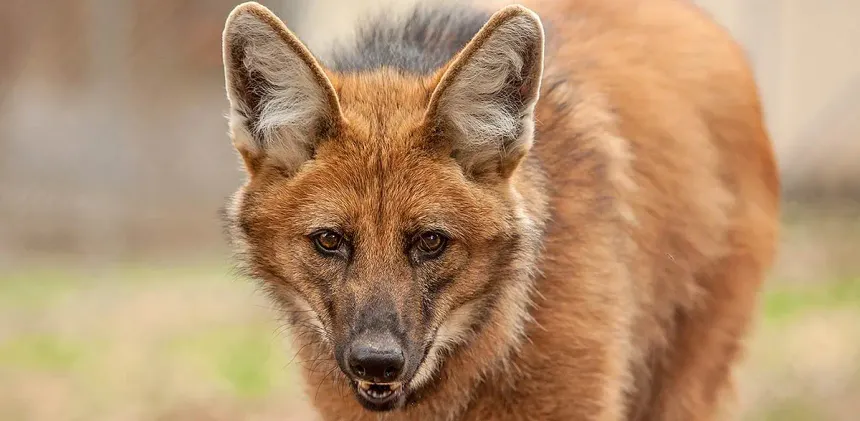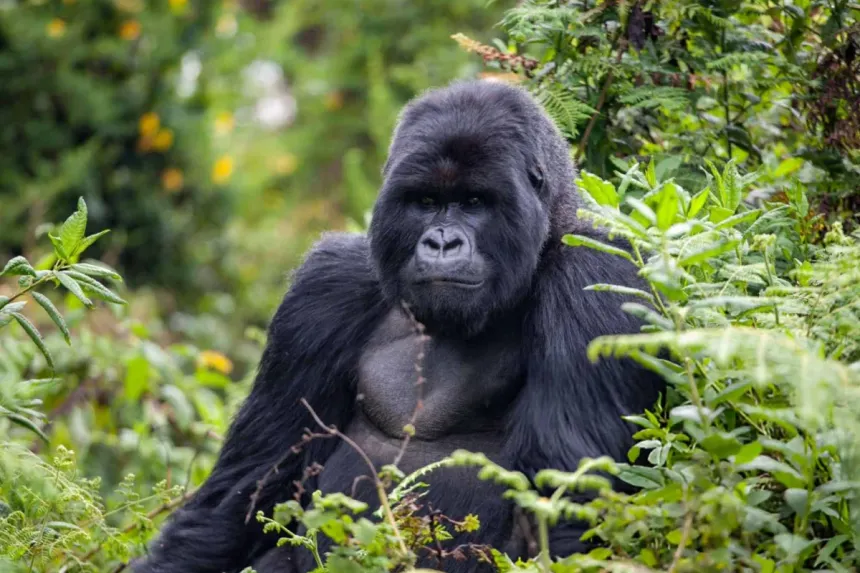“Secrets of the Black Widow: Nature’s Most Notorious Spider”
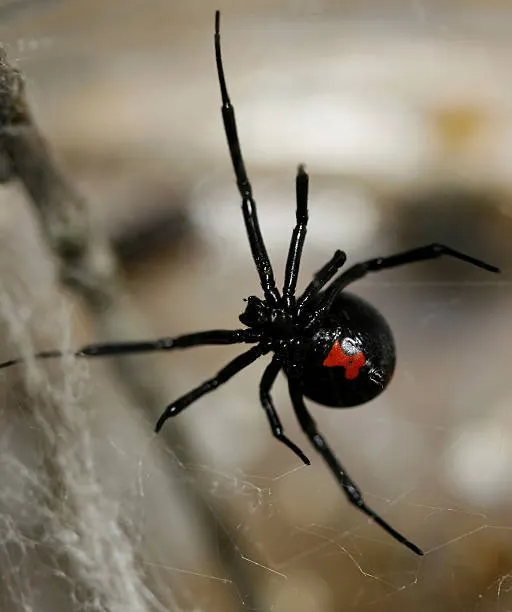
The Black Widow spider is one of the most infamous arachnids in the world, known for its deadly reputation, shiny black body, and the distinctive red hourglass marking on its abdomen. Belonging to the genus Latrodectus, these spiders have inspired fear and fascination due to their potent venom and mythical behavior, including the often-misunderstood idea of sexual cannibalism. But behind the myths lies a truly fascinating creature with a crucial role in ecosystems.
Scientific Classification
- Kingdom: Animalia
- Phylum: Arthropoda
- Class: Arachnida
- Order: Araneae
- Family: Theridiidae
- Genus: Latrodectus
- Common Species: Latrodectus mactans (Southern Black Widow), Latrodectus hesperus (Western Black Widow), Latrodectus variolus (Northern Black Widow)
Physical Appearance
- Color: Glossy black body with a bright red or orange hourglass on the underside of the female’s abdomen.
- Size: Females are about 1.5 inches (3.8 cm) including leg span; males are much smaller and less colorful.
- Sexual Dimorphism: Females are much larger and more dangerous than males.
Fascinating Facts About the Black Widow
1. Venom Stronger Than a Rattlesnake’s
Drop for drop, Black Widow venom is said to be 15 times more potent than a rattlesnake’s. It contains neurotoxins that affect the nervous system but is rarely fatal to healthy humans thanks to modern medicine.
2. They Rarely Bite Humans
Despite their fearsome reputation, Black Widows are shy and reclusive, biting only in self-defense—usually when pressed against skin or disturbed in dark corners.
3. Sexual Cannibalism Does Occur—But Not Always
The name “Black Widow” comes from the belief that females always eat males after mating. While this behavior can occur, especially in captivity, it is not universal and often depends on environmental factors.
4. Males Are Tiny and Harmless
Male Black Widows are only about one-quarter the size of females, have lighter coloring, and pose no threat to humans, as they lack venom potent enough to affect us.
5. They Build Irregular, Messy Webs
Black Widows create asymmetrical, three-dimensional webs in dark, undisturbed places like woodpiles, sheds, basements, garages, and under rocks or furniture. Their silk is extremely strong.
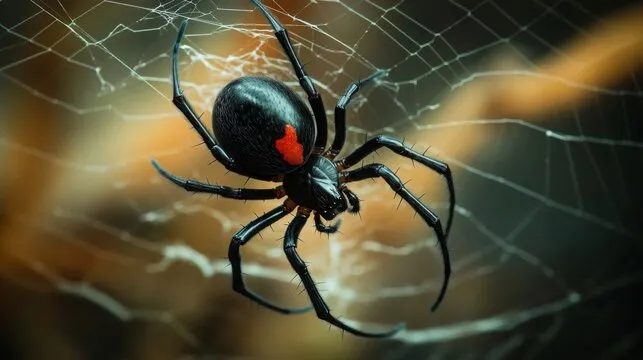
6. They Are Found Worldwide
Black Widows are found across North America, South America, Europe, Africa, Asia, and Australia. Different species occupy different regions, but all are generally found in warm, sheltered environments.
7. They Play an Important Ecological Role
By feeding on flies, mosquitoes, beetles, and grasshoppers, Black Widows help control insect populations, making them beneficial to gardens and ecosystems.
8. Egg Sacs Contain Hundreds of Spiderlings
Female Black Widows can lay hundreds of eggs in a single sac. After hatching, spiderlings often eat each other—a behavior known as cannibalism—before dispersing.
9. Their Venom Causes Latrodectism
A Black Widow bite can result in latrodectism, a condition involving muscle pain, spasms, cramps, abdominal pain, sweating, and nausea. While rarely fatal, medical attention is advised.
10. They Have Few Natural Predators
Black Widows have some natural enemies, including:
- Praying mantises
- Wasps (like the Blue Mud Dauber)
- Lizards and birds
These predators have developed ways to kill or consume them without being harmed by their venom.
Habitat and Behavior
- Preferred Environments: Dark, sheltered areas near the ground.
- Web Strategy: They remain in or near their web at all times. They wait for vibrations to signal that prey has been caught.
- Nocturnal: Most active during the night.
Myths and Misconceptions
- Fatalities are Extremely Rare: While their bite can be painful, deaths are almost unheard of due to antivenom and improved medical care.
- They Don’t Hunt Humans: Bites usually occur by accident—when humans disturb their web without knowing.
- Not All Black Spiders Are Black Widows: Many harmless black spiders are misidentified and wrongly killed.
Black Widows and Humans
Though they inspire fear, Black Widows are generally non-aggressive and avoid confrontation. With awareness and caution, coexistence is entirely possible. Gardeners and homeowners should wear gloves, shake out clothing, and inspect woodpiles or sheds to avoid accidental contact.
Conservation Status
Black Widow spiders are not endangered, and some species are quite common. They face no major conservation threats, though urban development can sometimes alter their habitats.
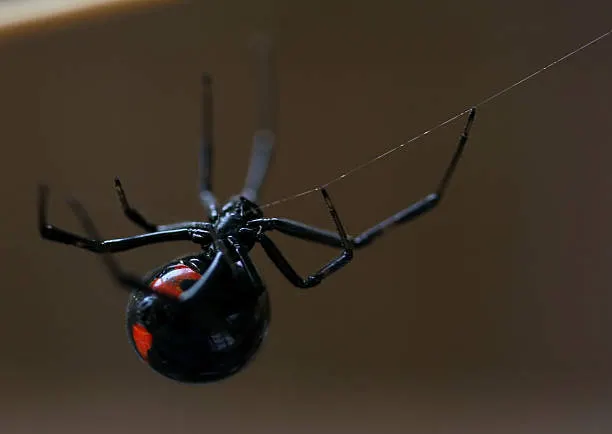
Conclusion
The Black Widow is a misunderstood marvel of the arachnid world. Beautiful yet dangerous, shy yet resilient, these spiders are a powerful reminder that nature often hides its most extraordinary features behind fearsome appearances. With the right knowledge, we can appreciate their important ecological role, unique behaviors, and evolutionary brilliance.


